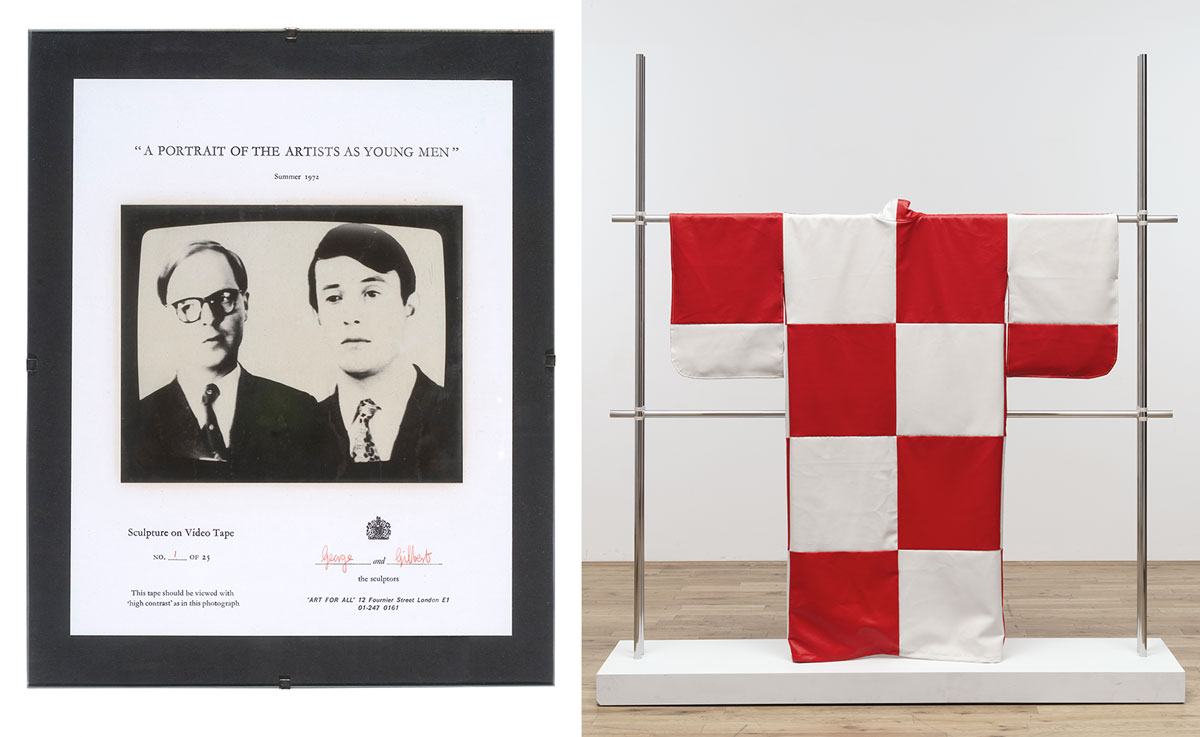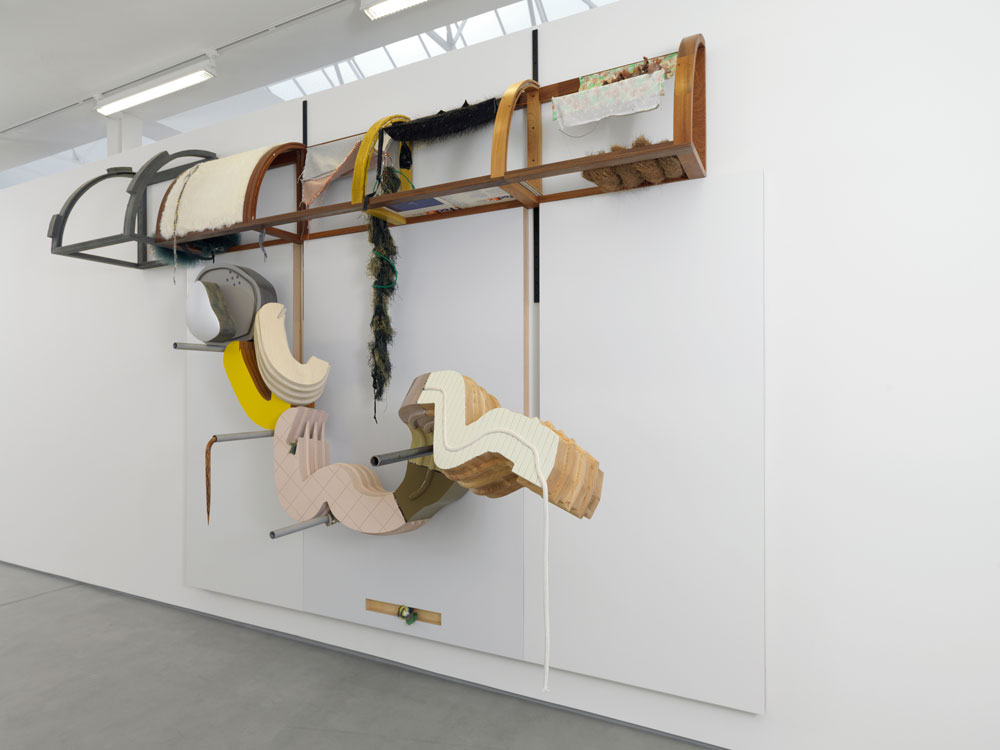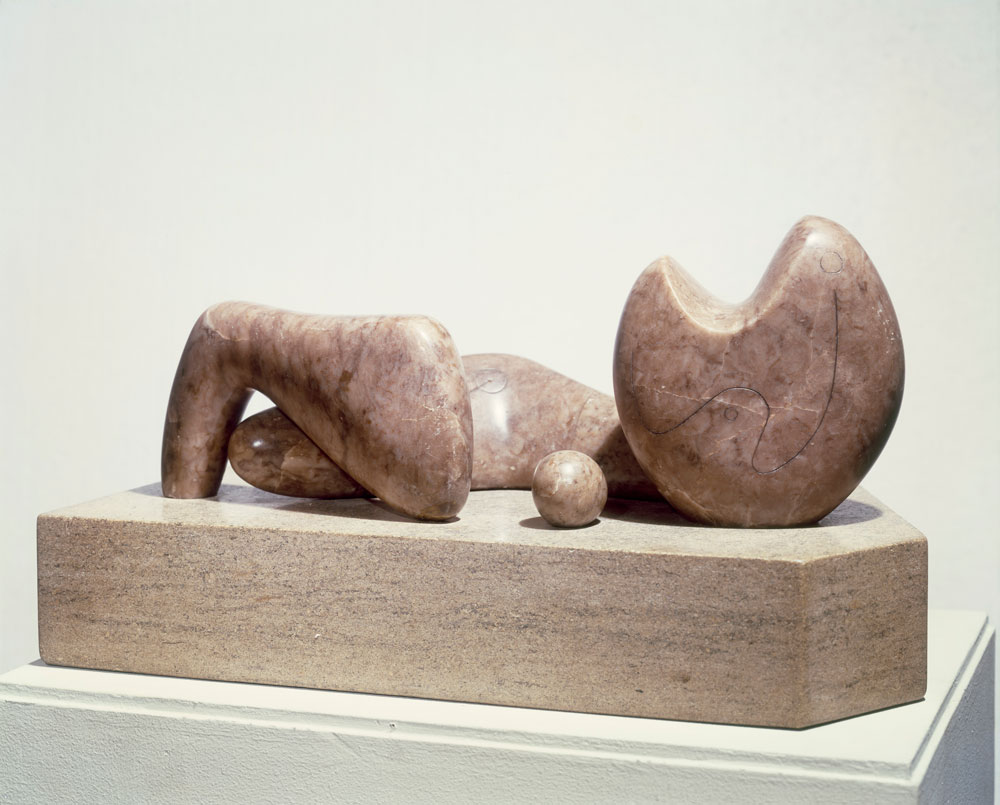ART CITIES:Berlin-Objects of Wonder
 Including 70 characteristic works by leading sculptors from Tate’s Collection, the exhibition “Objects of Wonder- British Sculpture 1950s – Present” provides a good introduction to the history of sculpture in Britain from the 1950s to the present day and shows how British artists have revolutionized contemporary sculpture since the middle of the 20th Century.
Including 70 characteristic works by leading sculptors from Tate’s Collection, the exhibition “Objects of Wonder- British Sculpture 1950s – Present” provides a good introduction to the history of sculpture in Britain from the 1950s to the present day and shows how British artists have revolutionized contemporary sculpture since the middle of the 20th Century.
By Efi Michalarou
Photo: PalaisPopulaire Archive
The spectrum of the sculptures ranges from icons of postwar modernism like Henry Moore and Barbara Hepworth, to stars of the Young British Artists generation, including Damien Hirst and Tracey Emin, who is represented with a provocative neon sculpture. The exhibition, conceived exclusively for the PalaisPopulaire, examines important modern and contemporary art movements. A leitmotif that runs through the exhibition is the transformation of everyday objects. Through distortion, recombination, and dramatic staging they become Objects of Wonder that tell stories and put things that were forgotten or only fleetingly perceived in a completely new light. The exhibition begins with Hepworth and Moore as well as the most important sculptors of postwar Britain, including Kenneth Armitage and Elisabeth Frink. All of these artists ushered in the international success of 1950s British sculpture. It continues with the rise of Anthony Caro in the 1960s, whom critics described as the “leading sculptor” of his time. The erstwhile assistant of Moore took sculpture down from its pedestal and onto the floor, Caro began to work in steel following a trip to America in 1959, often using pre-formed industrial sections such as girders and joists. In the mid Sixties he used steel, cut and sprayed with colour, in balanced constructions of planes and beams directly on the floor, bolted and welded together. The appearance of any Caro sculpture changes radically as one walks around it. As a tutor at St. Martin’s School of Art, Caro had a lasting influence on the artists of the so-called New Generation. But in the late 1960s, as a reaction to his formalism, a new movement of young artists emerged that sought to forge stronger links between sculpture and everyday life. Gilbert & George and Richard Long viewed sculpture as an event. It could be a series of postcards, a temporary installation in nature, or a stroll in the landscape. Other artists opposed the formalism in the work of the so-called New Generation sculptors. The name New British Sculpture was given to the work of a group of artists, sculptors and installation artists who began to exhibit together in London, England, in the early 1980s, including Tony Cragg, Richard Deacon and Richard Wentworth. Phyllida Barlow built giant sculptures and installations from everyday materials such as floor cloths, tarpaulins, timber, and plaster. Paul Neagu, who moved to London from Bucharest in 1970, postulated that sculpture was something that could be apprehended with all the senses. As a teacher Neagu influenced such sculptors as Antony Gormley. And Barlow also taught many artists who would become influential beyond Britain. So too did Richard Wentworth, who instructed a number of the artists counted among the Young British Artists in the 1990s. The exhibition closes with Turner Prize winner Helen Marten, an artist who combines British sculpture’s traditional interest in the object with twenty-first-century philosophical discourse. Helen Marten uses sculpture, screen printing and her own writing to produce installations that are full of references, from the contemporary to the historical, and the everyday to the enigmatic.
Artist of the Exhbition: Eileen Agar, David Annesley, Rasheed Araeen, Kenneth Armitage, Phyllida Barlow, David Batchelor, Michael Bolus, Martin Boyce, Reg Butler, Anthony Caro, Helen Chadwick, Lynn Chadwick, Geoffrey Clarke, Tony Cragg, Hubert Dalwood, Richard Deacon, Tracey Enim, Rose Finn-Kelcey, Barry Flanagan, Elisabeth Frink, Gilbert & George, Liam Gillick, Antony Gormley, Anthea Hamilton, Mona Hatoum, Barbara Hepworth, Damien Hirst, Alexis Hunter, Anish Kapoor, Phillip King, Kim Lim, Hew Locke, Richard Long, Sarah Lucas, Helen Marten, Kenneth Martin, Mary Martin, Bruce McLean, Bernard Meadows, David Medalla, Henry Moore, Paul Neagu, Eduardo Paolozzi, Cornelia Parker, Victor Pasmore, Eva Rothschild, William Turnbull, Rebecca Warren, Richard Wentworth, Rachel Whiteread, Alison Wilding, Stephen Willats, and Bill Woodrow.
Info: Curators: Elena Crippa and Daniel Slater, PalaisPopulaire, Unter den Linden 5, Berlin, Duration: 1/2-27/5/19, Days & Hours: Mon, Wed & Fri-Sun 10:00-19:00, Thu 10:00-21:00, https://dbpp.db.com






